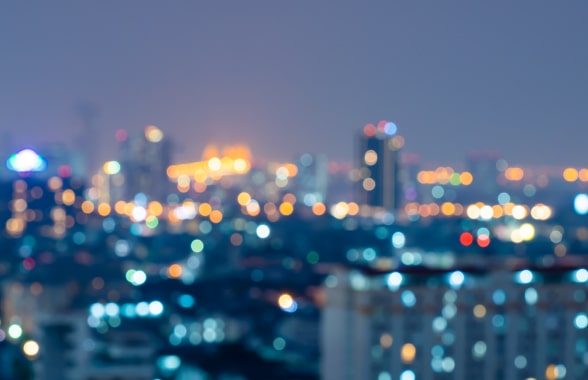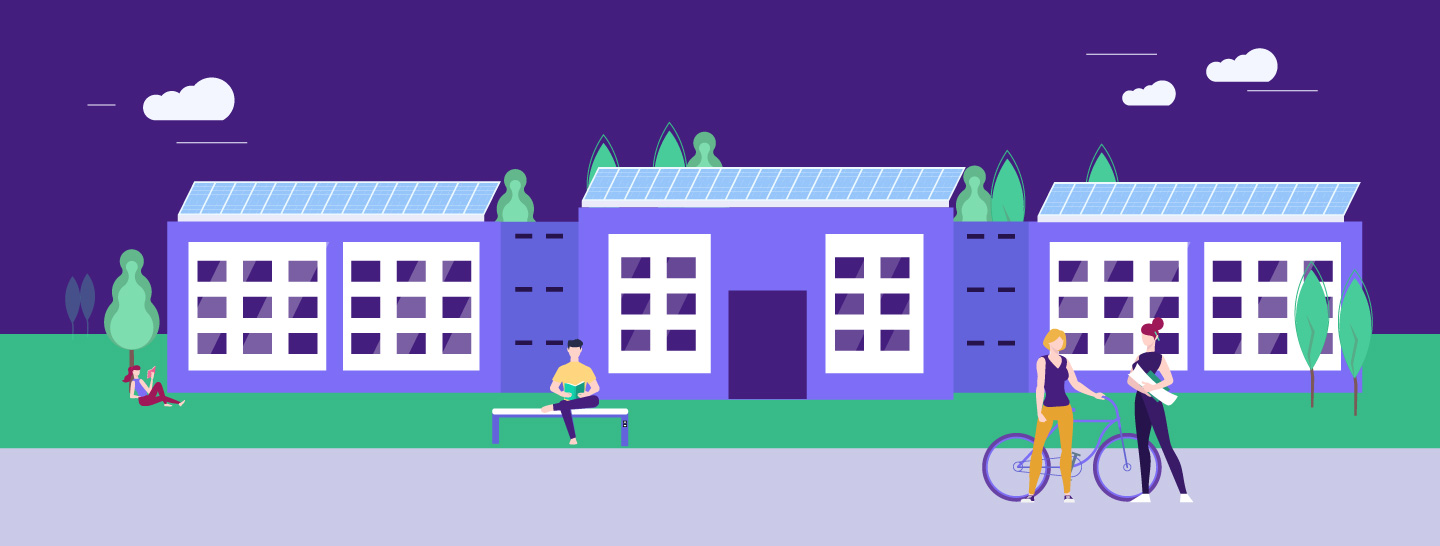Smart buildings are buildings that communicate. They have subsystems – such as heating and cooling, energy, lighting, plumbing, access control, and security – that interact with one another through a network and can also be controlled remotely. These buildings are equipped with digital sensors that gather energy consumption and other data and interact with software to help building managers optimize heating, ventilation, air conditioning, lighting, security and other services.
The ultimate objectives of smart building system technology are energy efficiency, reducing pollution and waste, saving money, and sustainability.














